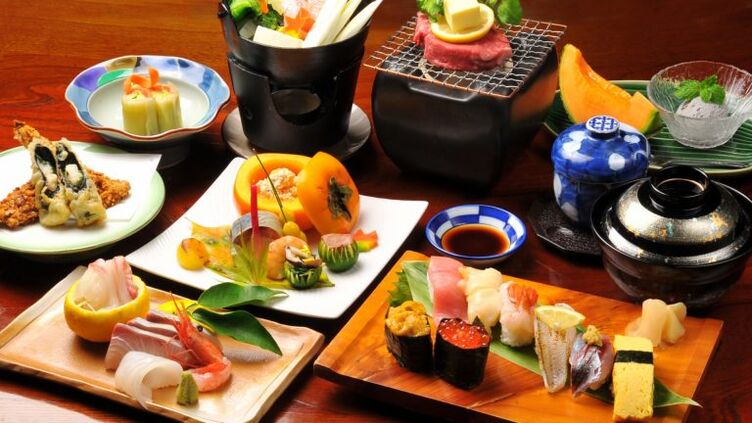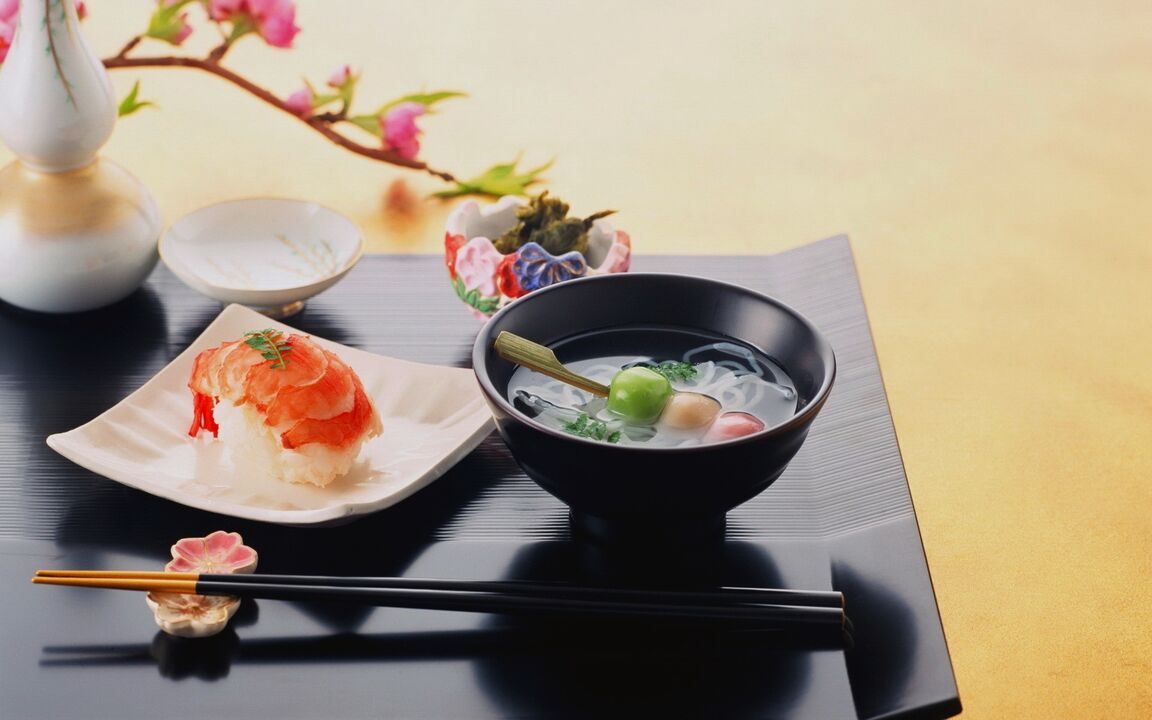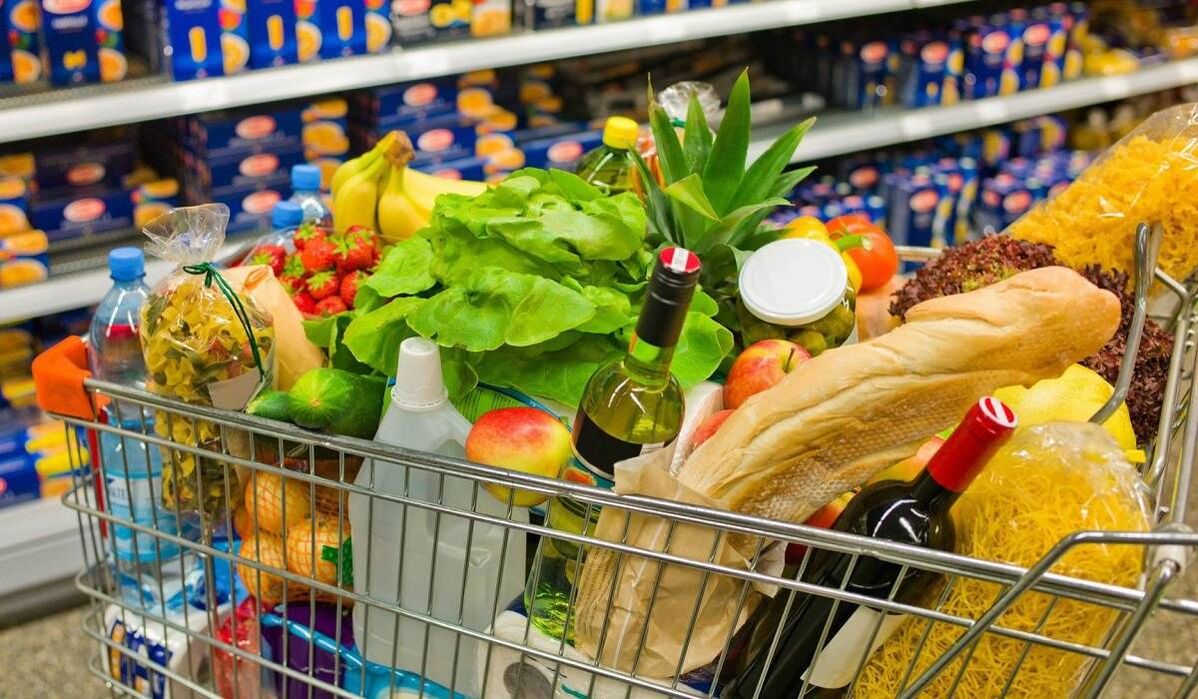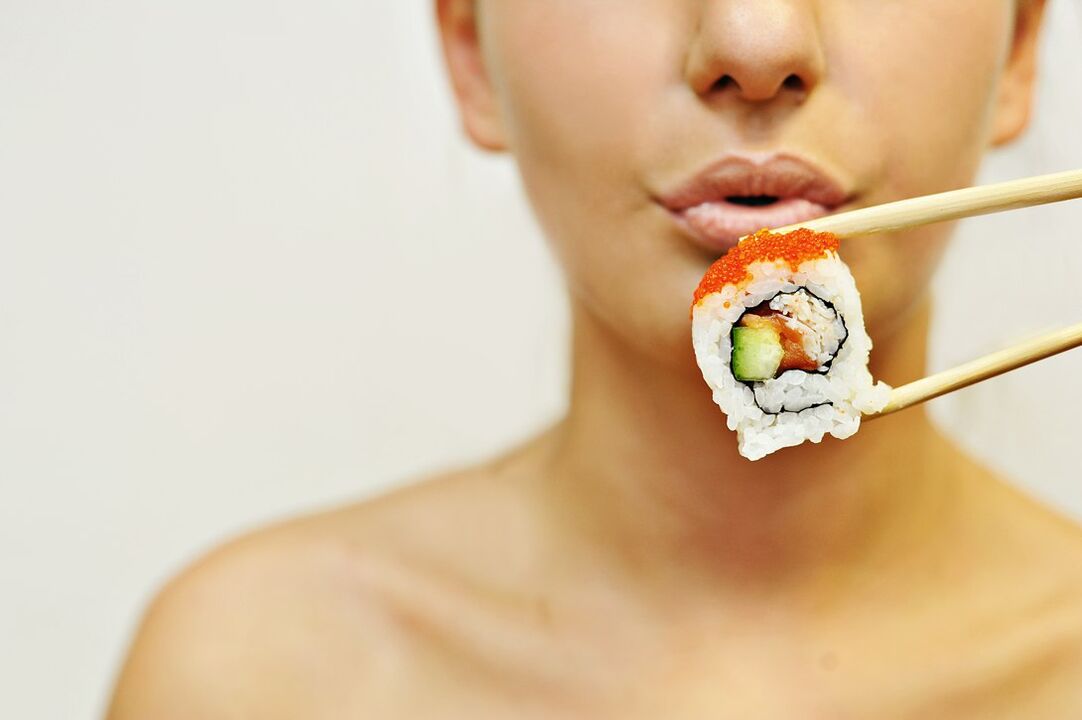In recent years, the Japanese diet has gained immense popularity, which simultaneously combines fast results and benefits for the body. In addition, the main feature of this 2 week meal plan is that it has no so-called rollback, when everything returns to its original state after 2-3 weeks.
Japanese food is becoming increasingly popular thanks to the growing popularity of Japanese cuisine in domestic cafes and restaurants. In almost all cuisines these days, you can buy rolls or whatever else you need to prepare them yourself. So, what is the Japanese diet for weight loss?

Key features of the Japanese diet for 14 days
Let's take a quick look at what the Japanese diet for weight loss is and what principles it follows:
- The total duration is 14 days;
- Low carb, low carb, high protein foods. Requires discipline and endurance;
- Total cost - no more than 2 000 rubles for the whole cycle;
- The estimated yield is from 5 to 8 kg;
- Repetition - no more than twice a year;
- Stability - high, with a correct exit from the diet after two weeks, the results are long lasting and without deterioration;
- Contraindications: pregnancy, during lactation, with diseases of the gastrointestinal tract (ulcer, gastritis, gastroduodenitis, etc. ), with kidney and liver diseases. It is also not recommended in the presence of heart problems. Before starting a diet, it's better to consult first
Japanese diet for weight loss - a hyped trend or real effectiveness?

The previous Japanese diet was completely foreign. Moreover, the concept of "diet" itself implies severe cuts in food and calories, up to and including hunger. Even with the popularization of this unique meal plan, many still believe that the 14-day Japanese diet will consist of sushi, green tea, and of course rice. However, you should not judge this diet solely by traditional Japanese cuisine, what will remind you for two weeks is sea fish, eggs and green tea - products that are found in many countries of the world. This is a great advantage of dieting, because the diet will contain familiar foods, without exotics, which can cause indigestion or even allergies.
It is not known exactly how the Japanese 14-day diet relates to the land of the Rising Sun. According to some reports, it was developed in one of the Japanese clinics, according to others, this nutritional plan is associated with Japan due to its strict discipline, menu and effectiveness. However, it is not so important where this diet comes from due to the fact that it is very effective and harmless, if handled and adhered to properly.
As with any food, the Japanese menu implies a reduction in calories in the diet. It is based on traditional Japanese cuisine, which is famous for the absence of fatty foods, a lot of vegetables and fish. One of the prominent public figures and well-known nutritionist Naomi Moriyama believes that nutrition is the secret of Japanese women who maintain their beauty and slimness into old age. The key, he says, is low carbs and small portions.
According to Naomi's calculations, Japanese people consume 25% fewer calories than people in other countries. For example, with an abundance of various snacks and even so-called fast food, chips, chocolate bars, fatty confectionery, and even butter are not very popular in Japan. Even "street food" is low in calories and low in fat and carbohydrates. Therefore, the Japanese diet menu is fully consistent with the food culture, traditions and dietary foundations of the country.
The right diet to burn fat is a must! But think about what kind of result you want to get in the end? Are you sure after getting rid of the fat layer, you will see a toned and strong body? To tone your muscles and get sexual volume, you need the right exercises! And for your convenience, we offer ready-made training plan diagrams!
The main concepts and rules of the Japanese diet

The portion sizes of the CIS and Japanese residents are very different, therefore, for many, a sharp transition can be a real test. But do not be disappointed, because this plan is designed for two weeks, after which it is possible to slowly return to a regular diet and favorite foods.
Protein will form the basis of your diet and a source of satiety. You can only get it from the following products:
- A fish;
- Egg;
- Chicken breast;
- Dairy products;
- Lean beef.
Only crackers and some types of vegetables will be carbohydrates. For fat - olive oil. Also, fat will be contained in fish and other protein products, this will avoid deficiencies. A Japanese 14-day diet and diet plan with significant calorie restriction, especially carbohydrates, can be a real challenge. Nevertheless, it should be noted that the body quickly gets used to such a diet and the second week will not be too difficult.
It is important to note that healthy fiber is present in sufficient quantities in the menu. It is found in vegetables, which can be consumed almost without restriction (only on certain days). It eliminates digestive problems and improves digestion. Green tea and coffee are also included in the diet. They will not only keep you alert and avoid fatigue, but also provide the body with a plethora of antioxidants. It is important that the tea is natural, without dyes and flavours, and it is better to buy coffee in beans and grind it yourself.
Looking through the menu for 14 days of the Japanese diet, you can be sure that all the beneficial substances are in this nutritional plan, and the main changes mainly affect the portion sizes and the amount of food consumed. Basically, two weeks for most people pass without any consequences, but if your body reacts too violently to reducing carbohydrates, then you should put off dieting for the future and see a doctor. The main symptoms for this are headache, severe weakness and fatigue.
The drinking regime is very important. You need to drink plenty of water at room temperature. First, it will help improve digestion and deal with hunger more easily by simulating a full stomach. Secondly, it will allow you to remove protein processing products from the body. Another important point is strict adherence to the general plan. If you seriously decide to give it a try and check out how to lose weight on the Japanese diet, then you should only eat those foods and in the amounts provided for each day. Substitution is not allowed. You also cannot change or reset the day.
The only exceptions are coffee and tea. In the morning, instead of coffee, you can enjoy a cup of tea, depending on personal preference. No sugar of course. Salt is also a negative factor in the diet, but if you can't completely stop it, then limit yourself to a minimum.
One of the main difficulties, in addition to its low calorie content, is also considered to be a small portion of food in a day. While other diets involve 5 or even 8 snacks a day, the Japanese diet includes only 3 meals. It is also worth remembering that you need to start the day with a glass of water, this will "start" the body and metabolic processes. Dinner should be eaten no earlier than 2-3 hours, so that at bedtime the food has time to digest.
This is a strict diet, therefore it is recommended to enter it smoothly, excluding cutting transitions in the diet. So the body will quickly adapt to new conditions and eating patterns will be more comfortable. The easiest way to prepare it is to completely stop fast food at least 3-5 days before starting the diet, as well as cut portions (eat no more than half of the usual portion size). Although this scheme may seem too rigid, it is perfectly balanced and does not harm the body, but at the same time allows you to lose 5-8 kg in just 2 weeks.
Food preparation and shopping period

You will need:
- Coffee (ground or grain) - 1 pack;
- Natural green tea - 1 pack;
- Chicken eggs - 20 pieces;
- Lean beef (porridge) - 1 kg;
- Sea fish (fillet) - 2 kg;
- chicken fillet - 1 kg;
- Extra Virgin Olive Oil - 0. 5 l;
- Carrots - 2-3 kg;
- White cabbage - 2 medium sized pieces;
- Eggplant or zucchini - 1 kg;
- Fruits (other than grapes and bananas) - 1 kg;
- Kefir - 1 liter;
- Tomato juice - 1 liter;
- Lemons - 2 pieces.
In terms of principles and food lists, the Japanese diet is often compared and even confused with the "chemical diet" - a nutritional plan developed in the United States. Its creator is Osama Hamdiy, whose diet is actively used in the treatment of diabetes and obesity. The Japanese diet also uses the principle of a sharp restriction of carbohydrates and an increase in protein intake, due to which the chemistry of metabolic processes in the body changes, triggering a chain of reactions that lead to sharp weight loss. However, there is one important difference between these meal plans. The Osama Hamdiya system includes an unlimited number of products, which allow you to rely on muscle building and vigorous training. At the same time, the Japanese scheme has strict quantitative limits and a short time of only two weeks. This is a plus for those who want to get quick results and can't drain the body for months, avoiding the usual diet.
Detailed menu of the Japanese diet for every day

It is important to take this scheme very seriously, strictly following the recommendations. Any attempt to break the schematic or add a product may result in an overall result that is worse than expected. The Japanese diet menu every day for 14 days is as follows:
Day number 1
- Breakfast - pure coffee without milk or sugar;
- Lunch - boiled eggs (2 pcs), boiled cabbage with olive oil, 1 glass of tomato juice;
- Dinner - 200 g of fried or boiled fish.
Day number 2
- Breakfast - Coffee and 1 slice of rye bread;
- Lunch - 200 g of fried or boiled fish with boiled cabbage and olive oil;
- Dinner - 100 g of boiled beef and 1 glass of kefir.
Day number 3
- Breakfast - a slice of rye bread (dry in the toaster) or biscuits without additives. A cup of coffee;
- Lunch - fried eggplant or zucchini in olive oil (any portion size);
- Dinner - boiled 200g beef without salt, fresh cabbage with olive oil, 2 hard boiled eggs.
Day number 4
- Breakfast - one small fresh carrot with the juice of one lemon;
- Lunch - 200 g of fried or boiled fish, 1 glass of tomato juice;
- Dinner - 200 g of fruit (any).
Day number 5
- Breakfast - one medium carrot with whole lemon juice;
- Lunch - boiled or steamed fish with a glass of tomato juice;
- Dinner - 200 grams of fruit (any).
Day number 6
- Breakfast - a cup of coffee without sugar;
- Lunch - boiled chicken without salt (500 g), fresh carrots and cabbage salad (seasoned with olive oil);
- Dinner - one fresh carrot and 2 boiled eggs.
Day number 7
- Breakfast - a cup of green tea;
- Lunch - boiled beef without salt (200g);
- Dinner - your choice: 200g fruit, 200g boiled beef with a glass of kefir, 200g boiled fish or 2 boiled eggs with salad (carrots covered in olive oil.
Day number 8
- Breakfast - one cup of coffee;
- Lunch - 500 g of boiled chicken without salt, cabbage and carrot salad (seasoned with olive oil);
- Dinner - one small carrot with olive oil, 2 boiled eggs.
Day number 9
- Breakfast - one carrot with whole lemon juice;
- Lunch - 200 g of fried or boiled fish and a glass of tomato juice;
- Dinner - 200 g of fruit of your choice.
Day number 10
- Breakfast - a cup of coffee;
- Lunch - 3 small carrots (fried in vegetable oil), 1 egg and 50g of cheese;
- Dinner - 200 g of any fruit.
Day number 11
- Breakfast - a cup of coffee and 1 slice of rye bread;
- Lunch - fry eggplant or zucchini in olive oil (any amount);
- Dinner - 200 g of boiled beef, fresh cabbage with olive oil, 2 boiled eggs.
Day number 12
- Breakfast - a cup of coffee and a slice of rye bread;
- Lunch - 200 g of fried or boiled fish, fresh cabbage with olive oil;
- Dinner - 100 g of boiled beef and 1 glass of kefir.
Day number 13
- Breakfast - a cup of coffee;
- Lunch - 2 boiled eggs, boiled cabbage with olive oil and 1 glass of tomato juice;
- Dinner - fry 200g of fish in olive oil.
Day number 14
- Breakfast - a cup of coffee;
- Lunch - fried or boiled fish, fresh cabbage with olive oil;
- Dinner - 200 grams of boiled beef, 1 glass of kefir.
There is an opinion that this diet allows you to get the most durable and stable results, without returning to your usual weight. After losing weight, it is possible to maintain weight for up to 3 years, but only on condition that you strictly adhere to the diet regimen and do not start to compensate for everything with high-calorie foods immediately after the 15th day. Also, a great solution is to adapt the Japanese meal plan to your daily diet.













































